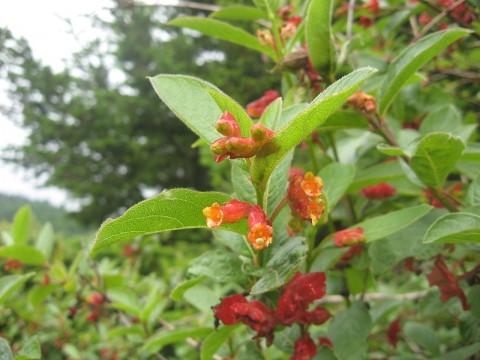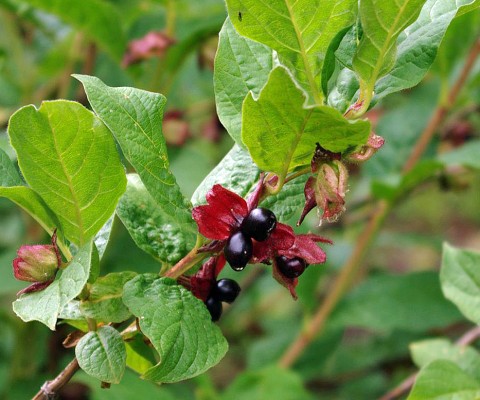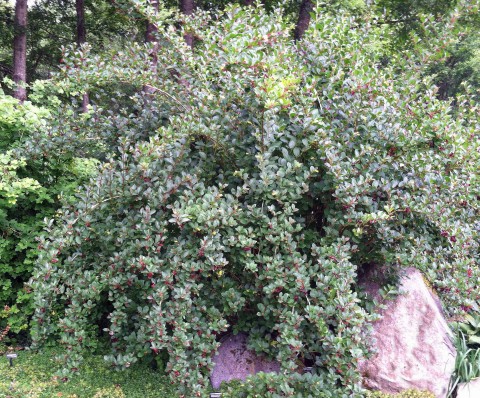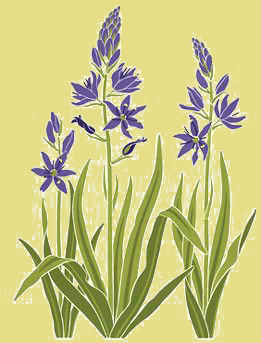Black Twinberry



1 - Image by Mason Brock
2 - Image by Jerry Friedman
Licensed Under: CC-BY-SA-3.0 Unported
3 - Image by Lindsey Vallance
Black twinberry (Lonicera involucrata) produces pairs of small yellow tubular flowers, which turn burgundy red in late summer; the flowers mature to black berries. Hummingbirds, bees and butterflies are drawn to the flower nectar, and other birds eat the berries.
Several specimens of black twinberry grow in the Buck Lake Native Plant Garden. Most prominently displayed is the one at the south entrance to the garden, growing between two large rocks. It is a long-lived, deciduous shrub that can grow 6' - 10' in height and 6' - 8' wide.
Common throughout the western United States, in the wild you will find Lonicera involucrata in moist forest openings, streamsides, swamps and meadows, in sun or partial shade. When grown in a smaller garden, it can be vigorously pruned to reduce its size when needed. Black twinberry makes a good addition to a hedgerow planted with a mixture of native plants, offering food and habitat for birds and small mammals.
Native Americans did not consume the bitter berries of this shrub, but used them as a black pigment. The twigs and leaves were used medicinally.
Black twinberry is planted in several places in the Buck Lake Native Plant Garden, most noticeably at the south entrance.

